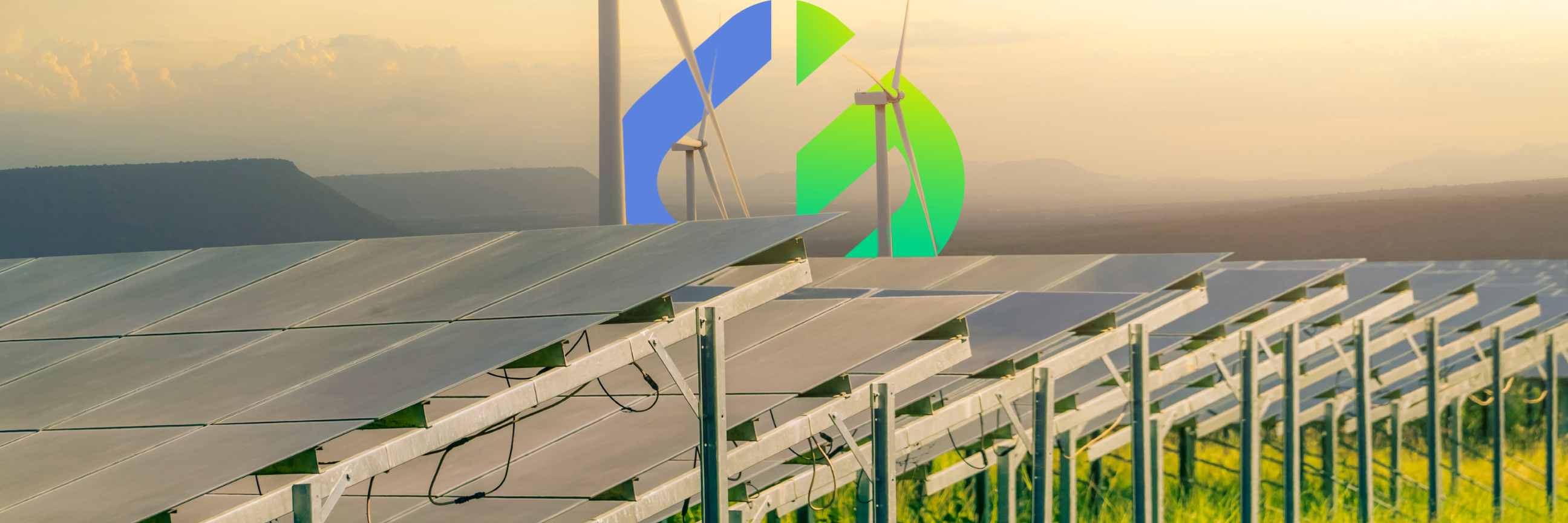Carbon Border Adjustment Mechanism (CBAM). Since the term itself does not provide much information, we will devote a blog to it. The goal is to give you an overview of what CBAM is and what it can mean for you.
Before delving deeper into CBAM, it is important to consider the following. Currently, there is a system within the EU where producers in the EU must buy the right to emit CO2: the emissions trading system. This makes it advantageous for many (polluting) companies to produce outside the EU, thereby avoiding this emissions trading. This phenomenon is called carbon leakage, and is now being curbed by CBAM.
What is CBAM?
CBAM is a European regulation aimed at promoting the EU’s climate goals. This is done by imposing a levy on certain goods imported from outside the EU. As mentioned above, the goods in the scope of CBAM are mainly polluting goods. The initiative is designed as an instrument to prevent European companies from being disadvantaged by stricter climate regulations, while at the same time enforcing that imported products (need to) meet similar environmental requirements as goods produced within the EU.
What goods fall under CBAM?
The materials covered by CBAM are currently steel, iron, aluminum, cement, fertilizers, and electricity. An extensive list of the products that fall under it with the corresponding CN codes is available on the website of the emissions authority. The emissions authority intends to expand the list of goods under CBAM in the future.
If one of these goods is in my product, do I have to comply?
Not necessarily, because the documents of the emissions authority state: CBAM only applies to goods with these CN codes. Goods with a CN code that is not on the list do not fall under CBAM, even if, for example, iron or steel has been processed in these goods.
Pilot and learning period.
Between October 2023 and December 2025, CBAM is being implemented with a transition period. During this phase, importers or their representatives are required to report quarterly on the CO2 emissions from the production of the imported CBAM goods. At first, standard emission values may be used. Apart from that, there are no obligations during this period. This (transitional) period is specifically designed to gain practical experience and learn from it. This learning period allows all involved parties to adequately prepare for the full implementation of CBAM from 2026 onwards.
From 2026, importers or their representatives must request prior authorization to import CBAM goods. In addition, they are required to pay a fee for the CO2 emissions generated during the production of these CBAM goods. This should ensure that the competitive advantage currently enjoyed by companies by consciously not participating in emissions trading is eliminated.
Do you need help or advice in preparing and submitting your (first) CBAM report? As a partner in the field of sustainability and environmental compliance, Cooperate Green is ready to support your company in complying with CBAM regulations and developing strategies to minimize the impact on your operations. Feel free to contact us to discuss the possibilities.
